
As competitive advantages are gradually established in the fields related to electric vehicle batteries, motors, electronic control systems and intelligent driving, the international competitiveness of domestic automobile brands continues to improve, and the automobile export market has shown strong growth momentum in the past two years. Data show that China's total automobile exports exceeded 3 million units last year, surpassing Germany's 2.61 million units, becoming the world's second largest exporter of passenger cars after Japan. Chinese automobile brands have also achieved volume and price parity in the international market.

In the background of global carbon reduction, the electrification trend of the automobile industry is irreversible, and the Chinese automobile industry has the opportunity to seize this opportunity to achieve "overtaking in corners."
Electric vehicles become a growth point for exports

Since August, the average monthly export volume has exceeded 300,000 vehicles, and the annual export volume has exceeded 3 million vehicles, surpassing Germany and catching up with Japan. In 2022, China's automobile exports will once again achieve leapfrog growth, handing over a dazzling performance. The latest statistics from the China Automobile Association show that China's automobile exports will reach 3.111 million units in 2022, a year-on-year increase of 54.4%. Among them, electric vehicles have become a new growth point. Data show that the total export volume of electric vehicles last year reached 679,000 units, a year-on-year increase of 1.2 times; in November last year, 153,000 electric vehicle exports were exported, setting a new high for single-month export volume.

Fu Bingfeng, executive vice president of the China Automobile Association, analyzed that China's rapid growth in automobile exports is not only due to insufficient overseas supply due to the epidemic, but more importantly, the competitive advantages established by independent brands in the fields of technology and intelligent driving in recent years. From 2018 to 2020, China's automobile exports have been hovering around 1 million vehicles. In recent years, driven by the wave of electrification and intelligence, China's automobile exports have achieved leapfrog growth, exceeding 2 million units for the first time in 2021 and 3 million units in 2022, becoming the world's second largest exporter of passenger cars.

In the export volume list of complete vehicle companies, SAIC, Chery and Tesla ranked the top three with 906,000 vehicles, 452,000 vehicles and 271,000 vehicles respectively. Among them, SAIC Group holds nearly 30%, with export volume increasing by 51.48% year-on-year, hitting a record high; the Tesla brand has the attribute of "Made in China" due to the Shanghai Gigafactory, with more than 710,000 vehicles delivered last year, a year-on-year increase of 48%; Chery Group's export volume reached 452,000 vehicles, a year-on-year increase of 67.7%; the export volume of Changan, Dongfeng, Geely and other car companies also achieved a substantial year-on-year increase of more than 50%.
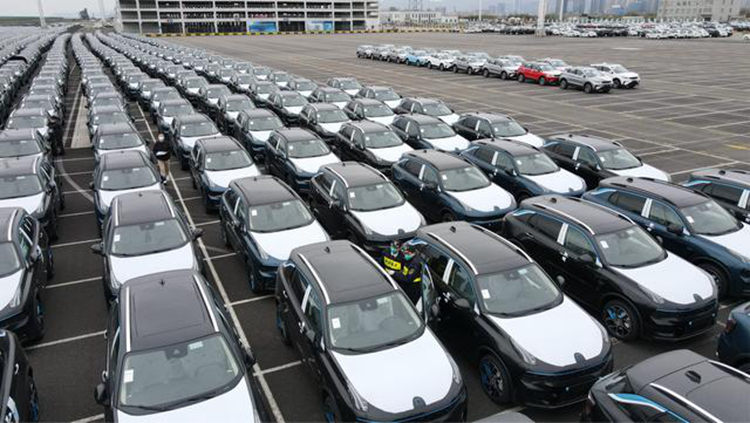
According to data from the China Association of Automobile Manufacturers, Chinese independent brands occupy three of the top ten corporate groups in the world in terms of electric vehicle sales.
Continuously breaking through the European market
Behind the series of sales data is not only the rise of China's own brands, but also the general recognition of new energy vehicles in the global market. In the background of global carbon reduction, China's automobile industry is leveraging the general trend of electrification to achieve "overtaking on corners."
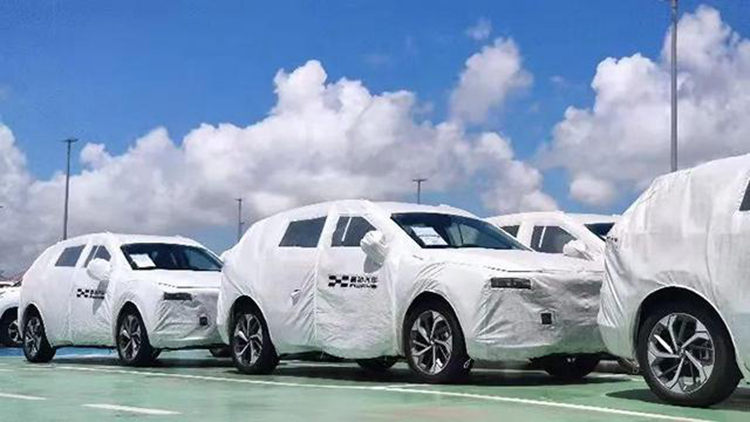
In recent years, independent car companies such as BYD, Chery, Great Wall, and Geely have continued to accelerate their overseas expansion. In the second half of last year, BYD successively entered Japan, Southeast Asia, Europe and other markets, and received a large order of 100,000 electric vehicles from a German car rental company. Geely Automobile signed a contract with Tavel Automobile Group to officially develop the Oman market, and invested heavily in Renault Korea to enter the Korean market. The Lynk & Co brand also once again strengthened its Asia-Pacific strategy by completing delivery to the Olympic Council of Asia.
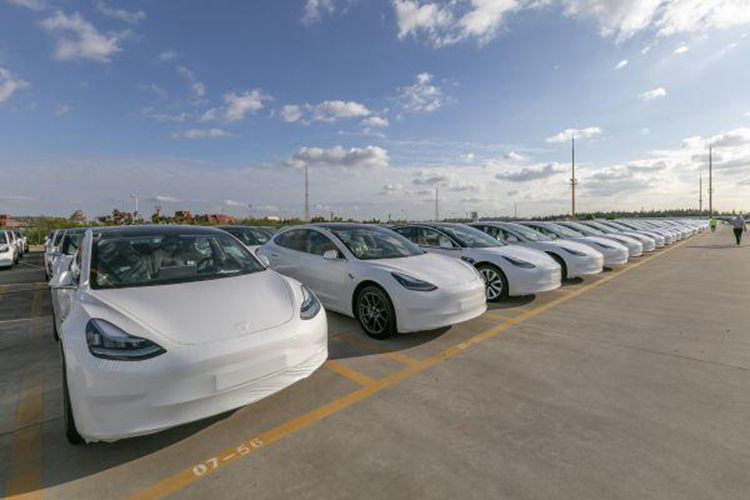
At the same time, the domestic automobile export market is also gradually expanding. "Before 2020, Saudi Arabia, Bangladesh, Egypt, etc. were the main overseas markets for China's automobile exports. In 2021, the automobile export structure will be optimized, and overseas markets are mainly concentrated in Belgium, Chile, Saudi Arabia and other countries. As electric vehicles make great strides abroad, Since last year, Europe and North America have become the two largest incremental markets for China's automobile exports," said Cui Dongshu, secretary-general of the Passenger Car Association.
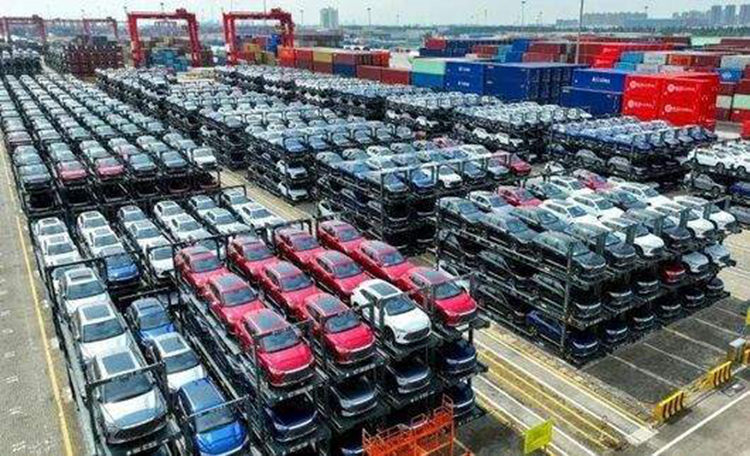
Statistics from the Passenger Car Association show that China's top three automobile export markets are Mexico, Saudi Arabia and Belgium, with export volumes exceeding 200,000 units each; closely followed by the United Kingdom, Chile and Australia, they have gradually become the main targets market for my country's automobile exports. Continuous breakthroughs in the European and North American markets have further consolidated the position of my country's automobile industry in the international market.
Electricity and intelligence make it more competitive
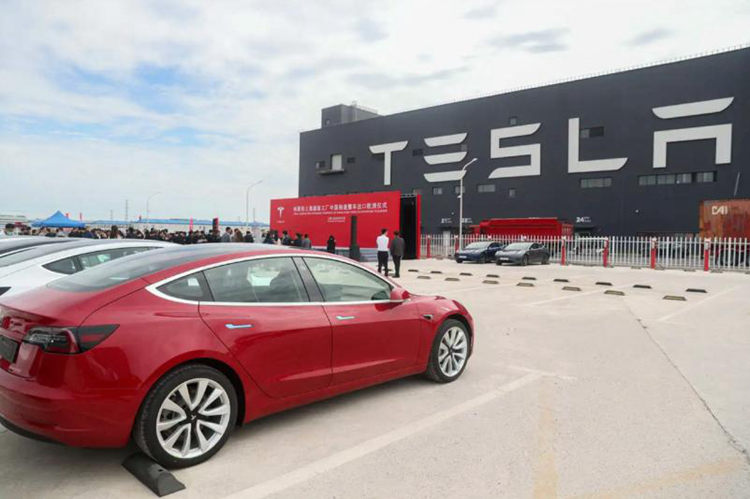
According to Xu Haidong, deputy chief engineer of the China Association of Automobile Manufacturers, the key to strong growth in automobile exports lies in the substantial improvement in the competitiveness of China's automobile products. "In terms of quality, appearance, controllability, reliability, etc., the products of independent brands are no worse than those of joint ventures, and are even more competitive in terms of electrification and intelligent network configuration." Xu Haidong said.
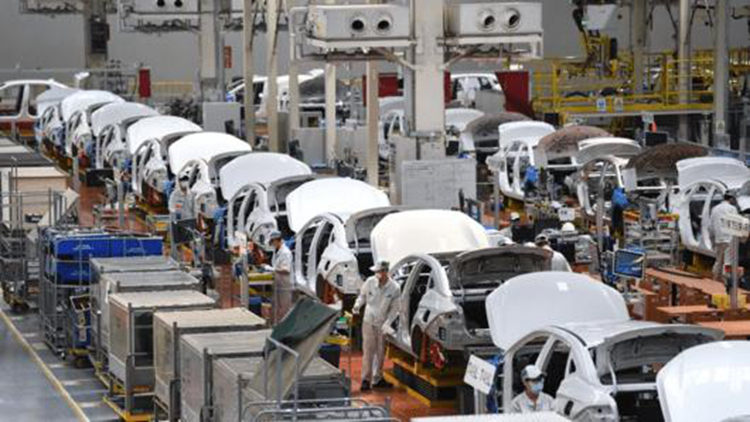
As the pace of overseas expansion accelerates, the overall vehicle quality standards of independent brands are also in line with the world. Since last year, many Chinese electric vehicles such as NIO ES8, BYD Atto, and WEY brand Coffee 01 have received five-star ratings from the European New Car Assessment Program (NCAP). Obtaining this rating requires the test vehicle to be equipped with active and passive safety features that go well beyond the basic requirements of the law, including additional airbags and driver assistance, driver monitoring and other systems.

More and more electric vehicles made in China are gaining recognition, reflecting the continuous improvement of product competitiveness. Data shows that since 2022, the average price of China's automobile exports has reached US$18,900, of which the average price of pure electric vehicles has been US$25,800. According to French automotive consulting firm Inovev, electric vehicles will account for 40% of new car sales in Europe by 2030, and Chinese brands will account for 12.5% to 20% of the all-electric vehicle market, with sales ranging from 725,000 to 1.16 million vehicles. Industry analysts believe that with the gradual improvement of product competitiveness, China's automobile exports have entered a new stage.

